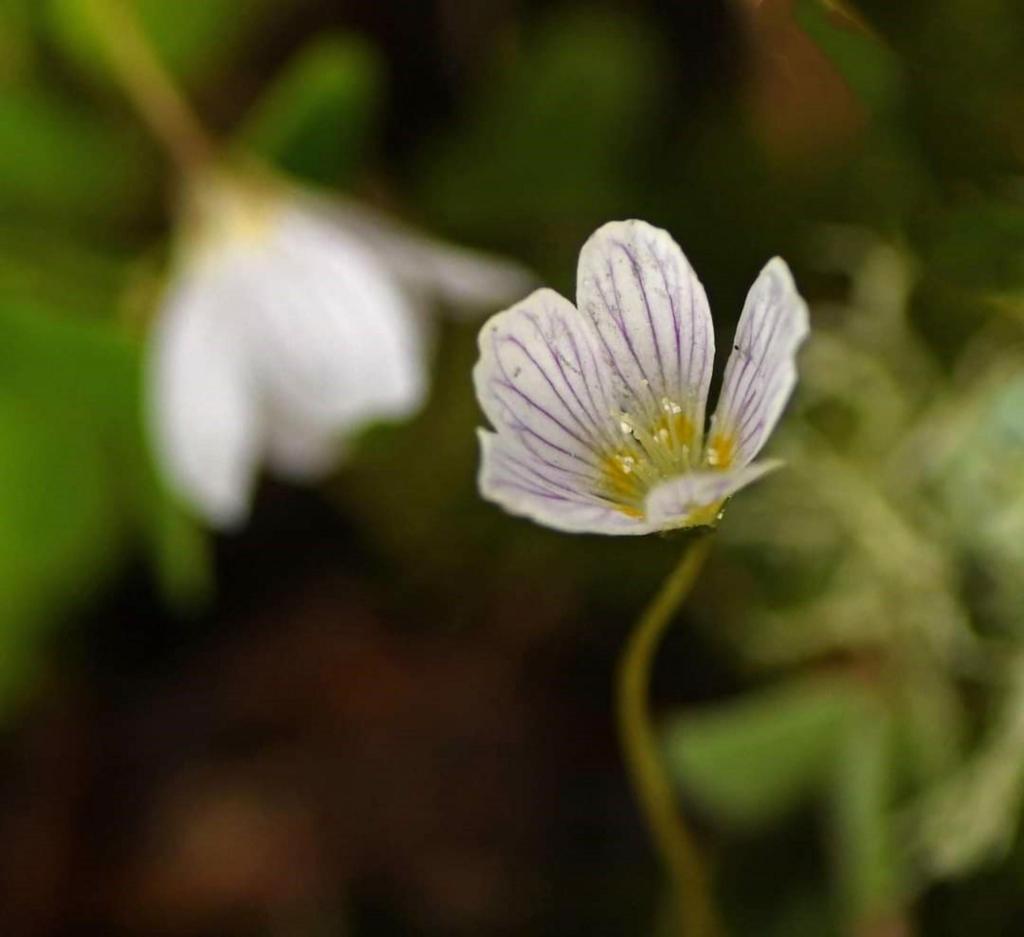Our guest blogger today is Simon Whitworth, currently working as a Countryside Officer at Aberdeen City Council. His enthusiastic work to help pollinators has really caught the eye, and below is his story about the catchily named ‘Meadow in a box’.

Last autumn an idea grew in my head, planted there by some projects going on around me in Aberdeen City Council’s Environmental Services: Aberdeen B-lines, a change in grass cutting to encourage wildflowers, and an increased interest from schools in wildflowers and pollinators.
As Acting Countryside Officer, up from the ranks of the Aberdeen’s Countryside Rangers, I have increased powers of purchasing, and closer lines of communication with council higher-ups. I still don’t really know what a Performance and Development Manager does, or a Technical Officer, but I do know they’re useful people to ask about projects and how to generally ‘Get Things Done’.

Using my enhanced powers I thought I’d transform my box-based idea into an actual living thing, and that it should have a name. What better than something very literal (and I apologise to anyone who thought of this name first!)? So Meadow-in-a-Box was born, only without boxes or anything to make it a meadow.
Having decided that shop-bought planters were too expensive I decided to explore the world of the Scottish Prison Service, and secured an order for one hundred planters built by inmates of HMP Grampian, Peterhead, in their joinery workshop.
While more planters were in production, the first ten were collected and filled with compost by the gardening staff of Aberdeen City Council. The phrase ‘sturdy and rustic’ was used to describe the planters, and I like that description as it seemed appropriate to a wildflower meadow.

Filled with enthusiasm I set out to deliver the first ten Meadow-in-a-Box planters to Aberdeen City school early years settings. At the project’s genesis I’d emailed every head teacher in council-run schools, explaining my idea including its benefits for biodiversity, pollinators and the education of children in school nurseries. Evidently my pitch was put well, as more than thirty schools signed up their early years staff and pupils for a Meadow-in-a-Box.
So in May I delivered planters to ten schools and, at a few, had the pleasure of working with the children as they enthusiastically sowed wildflower seeds provided for free by Sarah Smyth of NatureScot.
The seed mix includes black knapweed, red clover, devil’s-bit scabious, ox-eye daisy, red clover, selfheal and yarrow, so provides a beautiful palette of red, white and purple. As I’m sure you know, each of these wildflower species is native to Scotland and great source of nectar for pollinators such as bumblebees, moths, hoverflies and butterflies.
As October unfolds into Autumnal weather, the Meadows-in-a-Box have seen full flowering as they painting playgrounds of ten schools with colour. The plants will be dying back now, marshalling their resources for growing next year.
In 2024 the first ten Meadows-in-a-Box will be joined by another thirty, located at more schools and also care homes and sheltered housing. Aberdeen will see a bit more colour among the grey granite buildings, contributing to the nectar value of the city and helping pollinators thrive between the streets and houses.

I have plans to grow Meadow-in-a-Box beyond Aberdeen so who knows: perhaps you’ll soon see a Meadow-in-a-Box near your house or workplace, with its attendant kaleidoscope of butterflies and bumblebees drifting amidst the wildflowers?



















































